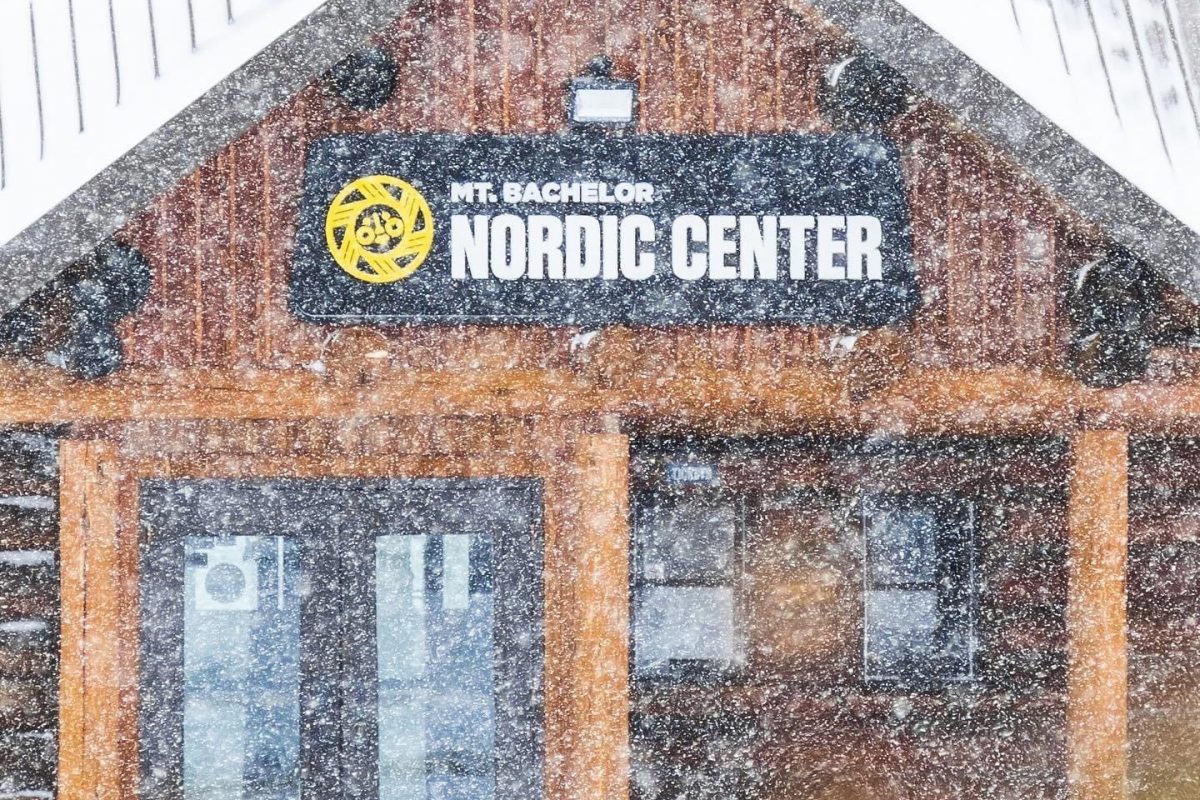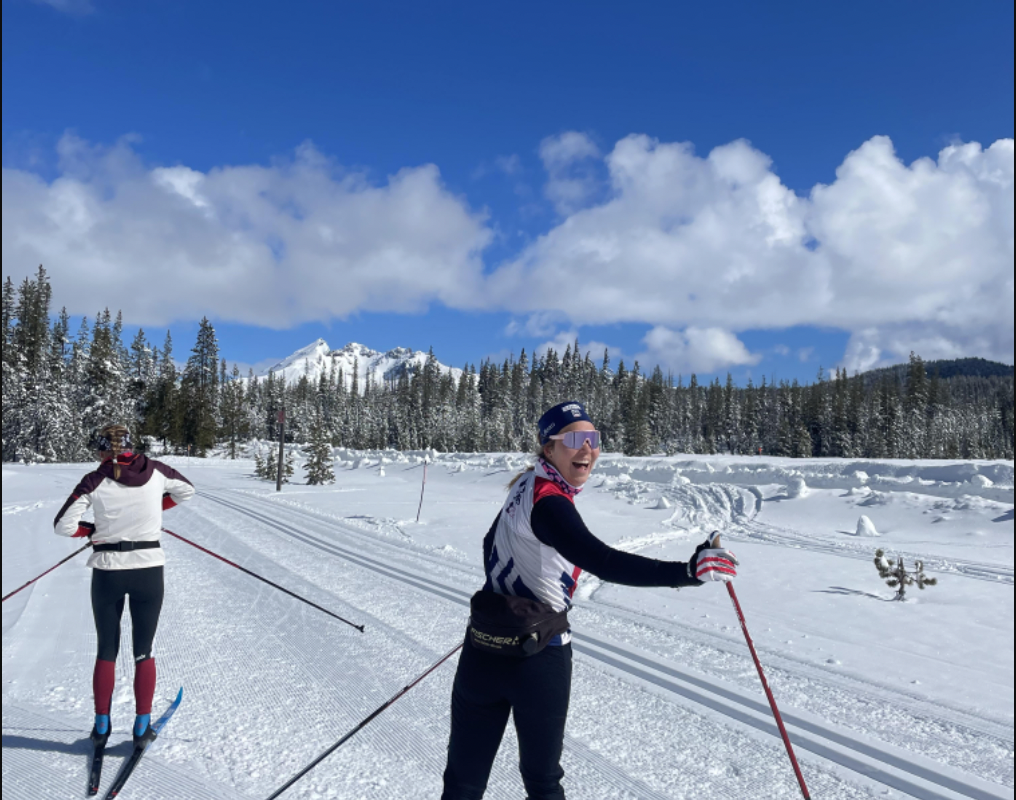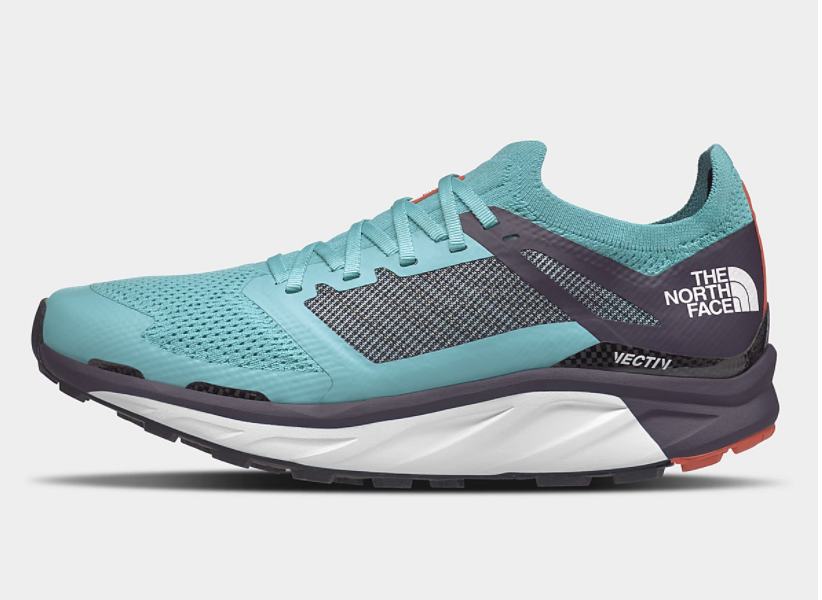We are halfway through May, and rollerskiing season is arriving. Depending on your preference, this could be tomorrow or later next month, but either way, if you are preparing for next ski season, hitting the roads is inevitable.
FasterSkier is currently working on a major rollerski review, testing models from Pro-Ski, Marwe, One Way, Ski Skett, V2, Briko-Maplus, Swenor and the Rollerski Shop. Overall we will run more than 17 different pairs through their paces. As a preview to our report we look at some of the characteristics of rollerskis and how they influence purchasing decisions.
Choosing rollerskis is very different from choosing skis. It is easy to think that it doesn’t matter very much – and in some ways it doesn’t. Rollerski racing is not a big deal in the US and Canada. While there are several regional series, and races and time trials are an important part of training, there are no rollerski World Cups, no big purses, and not even much glory. Rollerskiing is mainly a training activity in North America.
So it is not important to spend much time looking for the perfect skis to maximize race results. Rollerskis generally don’t come in different flexes for different conditions. They don’t have different base compositions and grinds. But there are still many choices and all skis are not created equal, and while maximizing racing may not be the goal, getting all you can out of your training is imperative. Reliable, durable skis that are appropriate for your ability, the roads at your disposal, and the type of training you will do can make a huge difference. The following lays out the major variables and lists some questions to consider when picking rollerskis.
Speed
Speed is the most obvious factor when choosing rollerskis. Buy skis too fast and you will be challenged to get your heart rate up. Get them too slow, and you will be grinding down the road using slow speed techniques. There are two main factors that determine speed – the bearings and the actual tires. Harder narrower wheels are faster than soft wide wheels, and obviously slow bearings make for slow speeds.
– Will you be training with other people? If so what do they ski on? There is nothing worse than having much slower or much faster skis than your training partners.
– What is the terrain like? Is it very hilly? If so, don’t get your skis too slow – it can be good to have skis that will allow you to V2 and double pole on the climbs. If you are concerned about downhills, consider speed reducers, not overly slow skis.
– What is the pavement like? Fast skis can accentuate rough pavement. Slower softer wheels will result in a smooth ride.
– What is your ability level? You want skis that will challenge your ability to ski at high speeds comfortably. You must be able to push your technique, not just your fitness. If you are not completely comfortable on rollerskis, get a pair that you can grow into, but don’t get carried away. Don’t try to make up for technical and fitness issues with fast skis.
Wheels
As mentioned above, wheels have a big impact on speed. Additionally, they help determine the “feel” of the skis and how smooth the ride is.
Wheels are generally either rubber or a harder urethane. The hardness of both vary, but rubber wheels are softer, and are therefore slower. They will also provide a smoother ride. Much of the wheel choice will be made based on what you decide for speed, but there are several other factors that should play in. Larger diameter wheels will handle cracks and debris better. Wider wheels provide a more ski-like surface, but tend to have more wear issues.
Classic skis usually use wider, small diameter wheels, while skate skis often have narrow, large diameter wheels. Some companies do make skate skis with smaller wheels, but wide skate wheels are often problematic – they tend to wear quickly, and performance decreases.
– What is the pavement like? Regardless of speed, stay away from hard wheels if you will be skiing on rough pavement and chip seal. The vibrations will shake your kneecaps off.
– Consider the speed factor discussed above. Wheels play a major roll in speed.
– How is your balance? Thin wheels on skate skis are definitely good for your balance, but if you can’t even stand on them, they won’t help much. Conversely, if you put in big kilometers, stay away from wide wheeled skate skis.
Feel
The “feel” of rollerskis is very important – the more ski-like the better. While the training specificity is excellent, rollerskiing is definitely not the same as skiing on snow. The more your rollerskiing experience mirrors snow skiing, the better the training benefit and the more likely you will do it. A big part of this is how much your rollerskis feel like snow skis. A number of factors are relevant.
– Wheels – as discussed above, wheels have a marked impact on feel. A wider classic wheel will be better. Narrow skate wheels provide better “Edging.”
– Shaft – the shaft construction and material is probably the most important factor when it comes to feel. A more rigid shaft will give greater power transfer, but the lack of flex is decidedly un-ski like. Shafts come in aluminum, wood, and composite constructions. Each has different characteristics and pluses and minuses.
Aluminum – the standard in rollerski construction, aluminum shafts are generally stiffer, though the certain aluminum constructions offer more flex. Durability is generally good and aluminum shafts are light.
Wood – smooth ride and ski-like flex. Wood can wear out and skis can break, especially if abused.
Composite – relatively new, several companies offer composite construction skis. The goal is to provide lightweight skis with good flex characteristics, and high durability. The jury is still out, but initial composite models look promising.
– Length – the length of a rollerski is generally not considered important, but it does factor in the feel equation – especially in regards to classic skis. Classics rollers that are too short tend to bump annoyingly when striding, and just “feel” strange. It matters less with skaters, but one of the issues with rollers is that you can’t mount the bindings on the balance point due to the short length. The shorter the ski, the further from this point you will be. Poorly balanced skate skis can result in the front wheel hitting the ground on the return phase.
Durability
With modern construction methods, you shouldn’t have to replace skis or wheels overly frequently. If you are a casual rollerskier, hitting the roads once a week, durability won’t be an issue. But if you are putting in big miles, choosing a ski that offers proven longevity is important. Replacement wheels can be very expensive – switching four classic wheels can set you back close to the value of a new pair of skis. Wide skate wheels tend to wear out quickly, and are not a good choice for high-mileage skiers. And bigger skiers should consider the shaft material and construction with an eye toward durability.
– How much do you ski?
– Rough roads are harder on skis. Where will you be skiing?
– How big are you? How aggressively do you ski? Bigger stronger skiers will wear out skis faster.
Accessories
Many rollerskis can be equipped with accessories like speed reducers and brakes. These can add significant safety features and open up additional terrain. Not all models are compatible with add-ons, so be sure to check before purchasing.
Cost
Rollerskis come in a large range of prices. You don’t have to break the bank to get new skis. But cheaper skis may not have the same level of performance, and more importantly, durability as the more expensive models. The less expensive options can be very good for beginners who are looking to get started, and for light juniors who won’t be stressing the ski as much.
In Conclusion
With over 50+ rollerski models to chose from, the decision can be daunting. But the upside is that there are skis available for every budget, ability level, and use. Take some time to consider how you will use your skis and what your specific needs are before making a choice. To assist you with the choice, we will begin running our reviews next week. Reviews will be organized by brand and at the end we will run a summary of our findings that will provide more comparison across brands. If you have specific questions, feel free to email us, or post them in the comment section.
Marwe
Marwe Skating 610C
Marwe Classic
Marwe Combi
V2
Aero XL150S
XL98R Skate Composite
ProSki
C2 Classic
Roadline Tech Classic
S2 Skate and Combi
S5E Skate
One Way
Classic 7
Skate 5
Swenor
Air Carbon Classic
SkiSkett
Shark Skate
Nord Classic
Briko-Maplus
Flash Skate Race
Easy Classic (Hard Training)
Rollerski Shop
Pursuit T6004 Skate
Topher Sabot
Topher Sabot is the editor of FasterSkier.







2 comments
Pingback: FasterSkier Rollerski Reviews are Back
rick
April 14, 2011 at 4:11 pm
I look forward to reading a review of Swenor fiberglass skate skis. Let me know when you get any reports.
Thanks
Rick
VT